Let’s start with Coop the Ripper, the psychotic Cooper’s hawk who tried to keep both my hands as souvenirs of his encounter with me last week. Look at the photo below—see all that blood? It’s mine…
The caller said the cat had attacked the bluebird the previous night; she chased the cat down and retrieved the bird. “But he didn’t die overnight…” so she called LWR the next morning. People, when a cat attacks ANY wildlife, time is of the essence. Don’t by-God wait to see if the wildlife dies before seeking help; doing so virtually assures it will die.
THEN, she actually asked, “If she’s releasable, do you want me to pick her back up and release her at my house?” How about HELL NO?? Why in the name of all that’s holy would I knowingly and willingly return a bird that I’ve just nursed back to health from a cat attack to a yard filled with outdoor cats???
And when I tried to point out the illogic of even asking that question, all I got was, “Yeah, the neighbors keep moving away and leaving behind cats.” When I suggested a humane trap and taking the trapped cats to the shelter, she said she was trapping them and having them spayed or neutered…and then PUTTING THEM RIGHT BACK OUT to kill birds—as well as to die early deaths from disease, predator attacks, poisoning, being hit by cars, exposure to the elements…
Folks, the much-vaunted Trap-Neuter-Release (TNR) method for stray/feral cats DOES NOT WORK. I will grant that they can’t reproduce, but just dumping the cats back out to fend for themselves is unutterably cruel. You’re NOT doing the cats themselves any favors by leaving them to their fate, and you’re damn sure not helping our native wildlife by loosing a nonnative predator on it.
Bottom line—keep YOUR cats indoors; trap strays and ferals humanely and TAKE THEM TO A SHELTER where they can be adopted or humanely euthanized—and yes, humane euthanasia is a much kinder option than death from starvation, predation or disease. Indoor cats, in addition to being healthier, live up to 18-20 years; the average lifespan of an outdoor cat is 4-5 disease- and injury-filled years.
Even though I began antibiotics as soon as I got the bluebird, she died two hours after intake. She was just beginning to get faint traces of her adult color. She never had a chance to choose a mate or raise a clutch of babies herself. She never had a chance at life because someone let their cats roam freely outside, with no thought for the consequences. She died because someone couldn’t be bothered to scoop a litterbox for an indoor cat.
If you can’t be a responsible cat owner, don’t get a cat. I thank you, the cat—whose life will be much longer and healthier with an owner who keeps him indoors—thanks you, and our native wildlife thanks you.
Cardboard boxes are ideal for transporting wild birds, as the darkness keeps them calmer and there’s nothing in a cardboard box they can do further damage to themselves on. If you, for some inexplicable reason, have no cardboard boxes, a laundry basket with a towel or blanket secured over the top will work. NO WIRE CAGES, EVER!!!
Fortunately, I was able to extricate the broadwing from the cage and while an intake exam revealed no injuries, he did seem to be favoring his left wing a bit, so off we headed to Smalley’s the next morning. We have a finely-honed routine: the vet, in this case Peggy Hobby, opens the box while I reach in with the gloves on and pull out the bird for an exam. This time, however, when Peggy opened the box just enough for me to stick my hands in, the bird shot out like a rocket and headed straight for the receptionist’s desk. While the receptionist shot out of her area like a rocket, as well, and Peggy doubled over laughing, I chased down and retrieved our errant erstwhile patient, laughing hysterically myself. We need those moments of levity…
Once we stopped laughing, Peggy and I agreed that if the bird could fly that well and that fast, he obviously needed release ASAP.
This barred owl, however, was placed IN AN OPEN BOX behind the vet clinic, which faces a busy street. Had the bird not been so concussed, he could easily have clambered right out of the box and staggered away, to his death. As it was—and still is—he’s got some major head trauma going on and is still not feeling 100% almost a week later. We’re fairly sure he’ll be releasable once he gets his horizontal and vertical holds adjusted properly.
And the screech almost flew the coop last night. I opened the raptor flight door and offered him the option; he flew down to the threshold and sat there for the longest, looking around and debating, then he turned around and flew back into the flight. Physically, he’s ready; psychologically, apparently not yet!
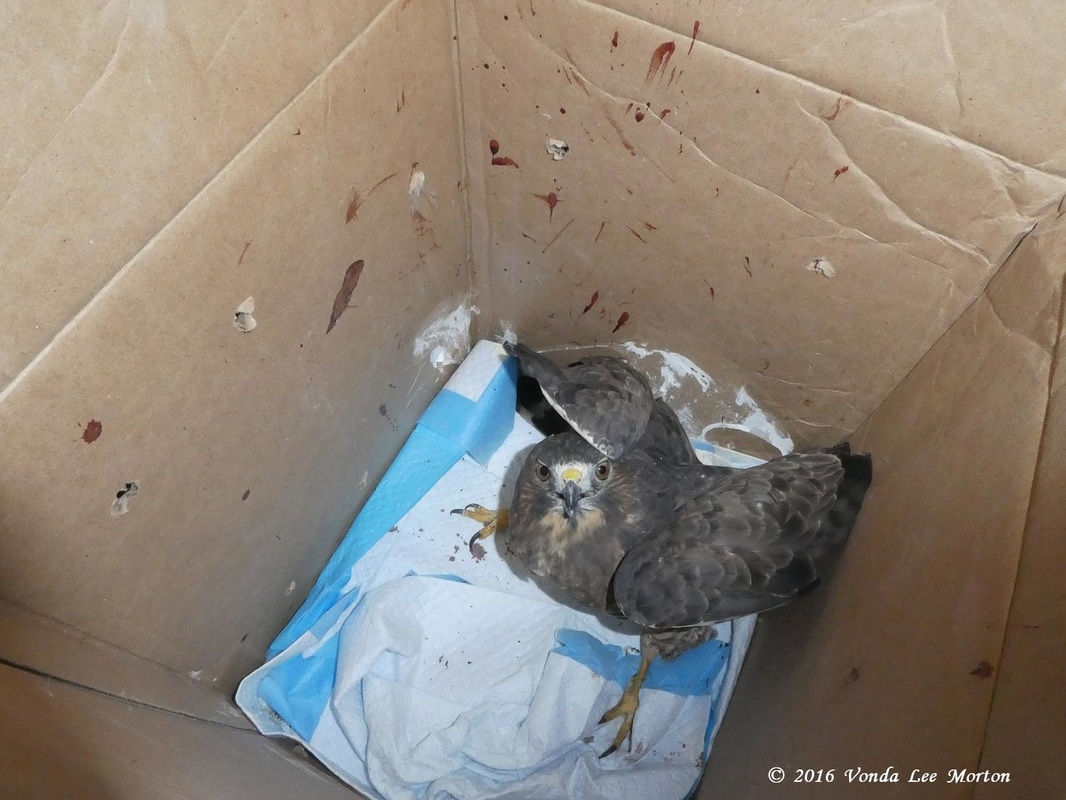
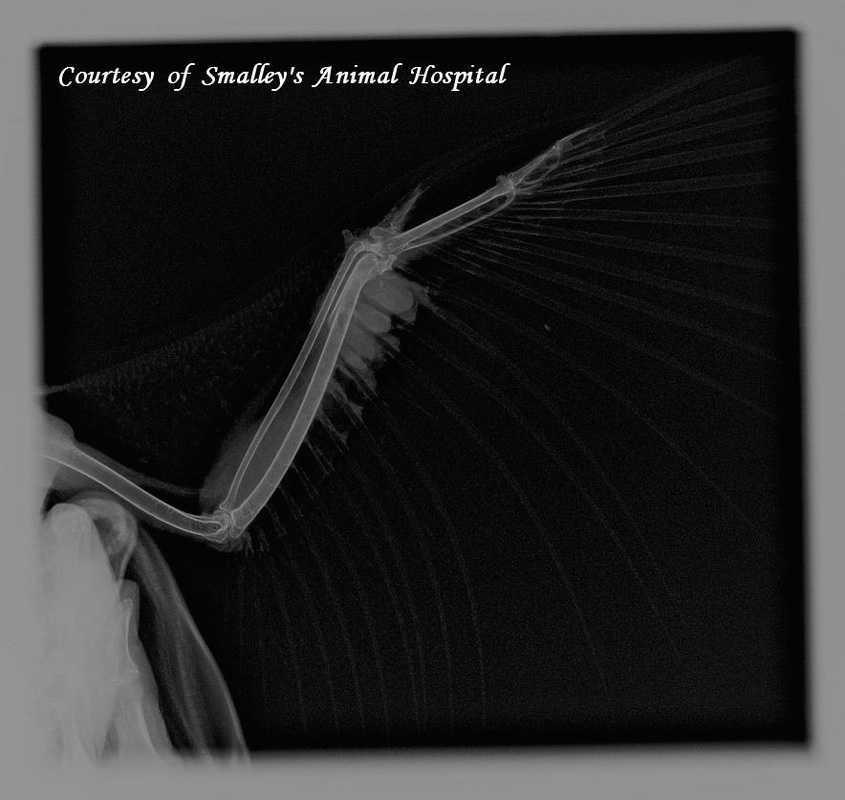

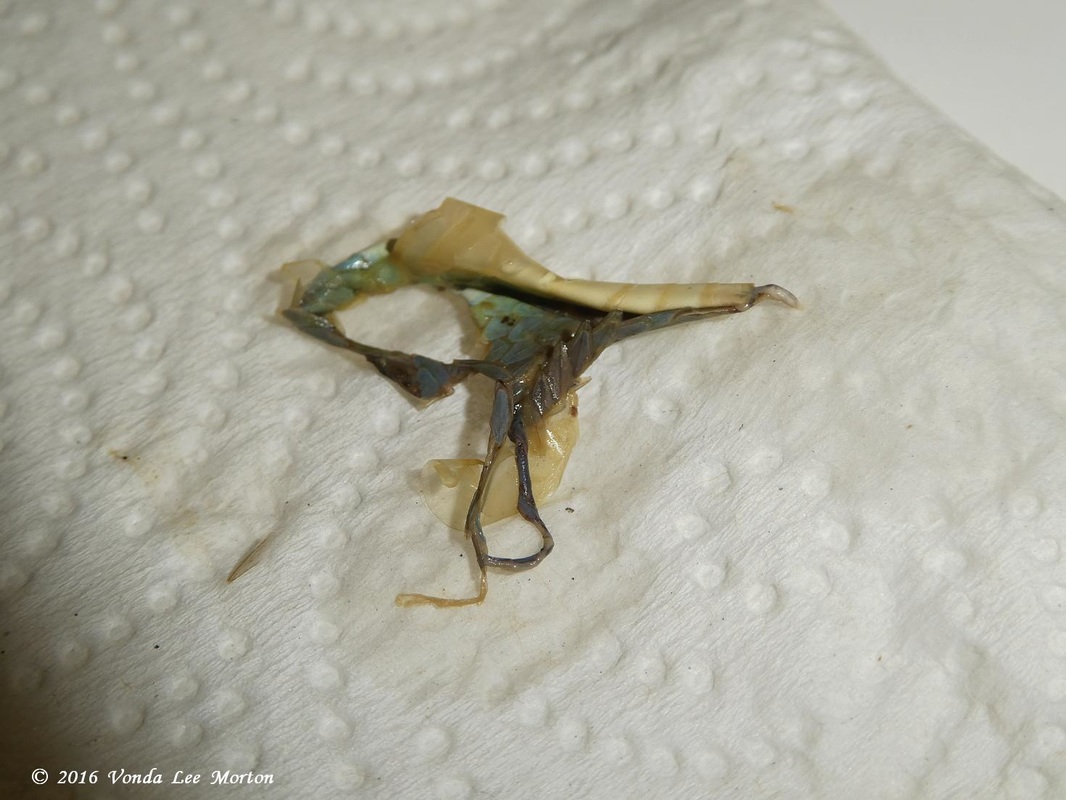
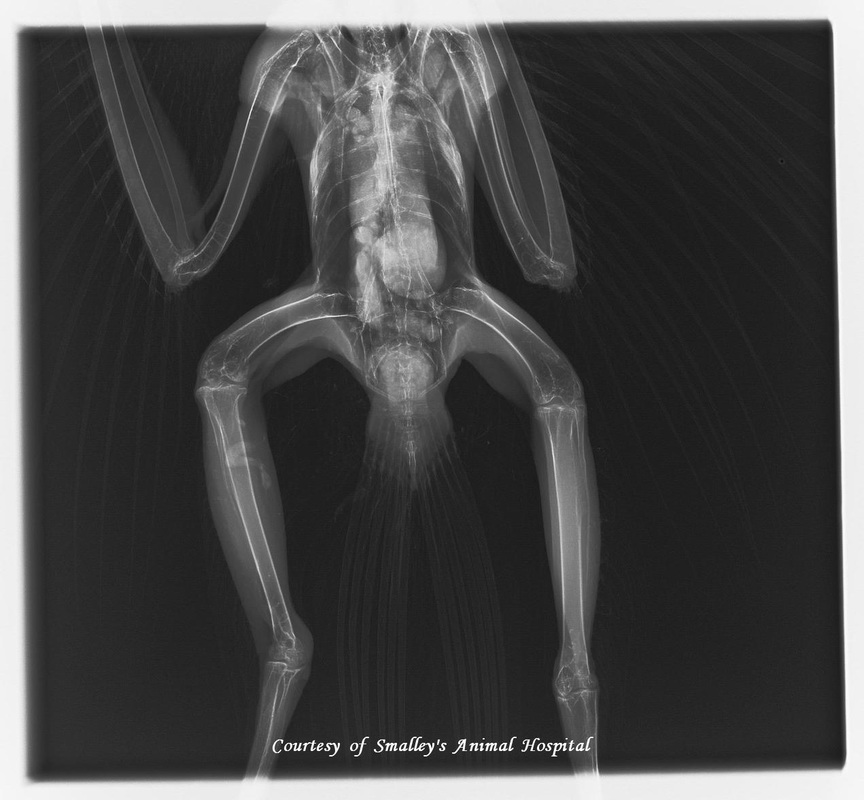
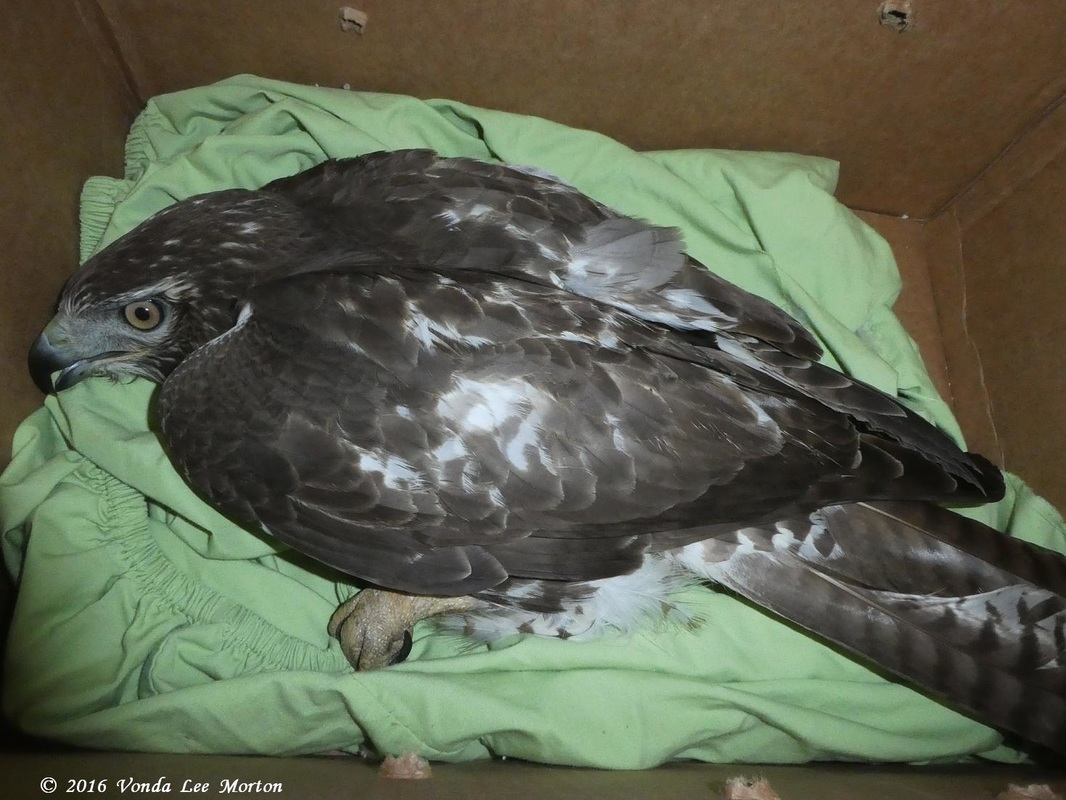
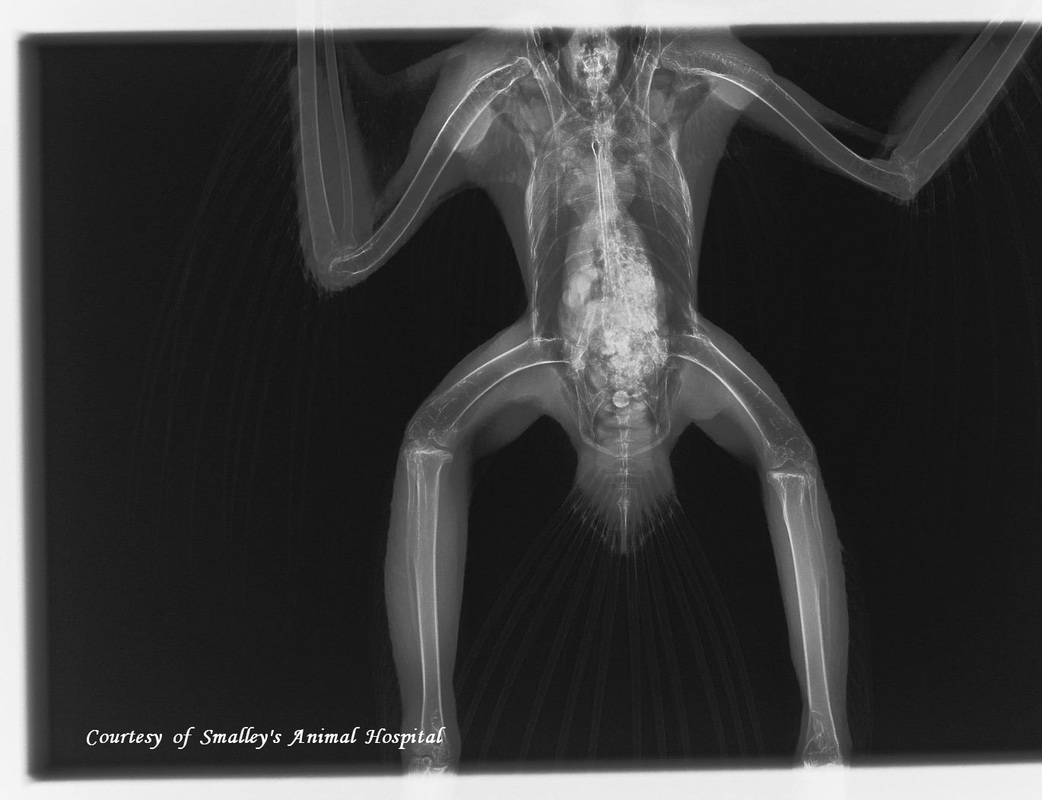
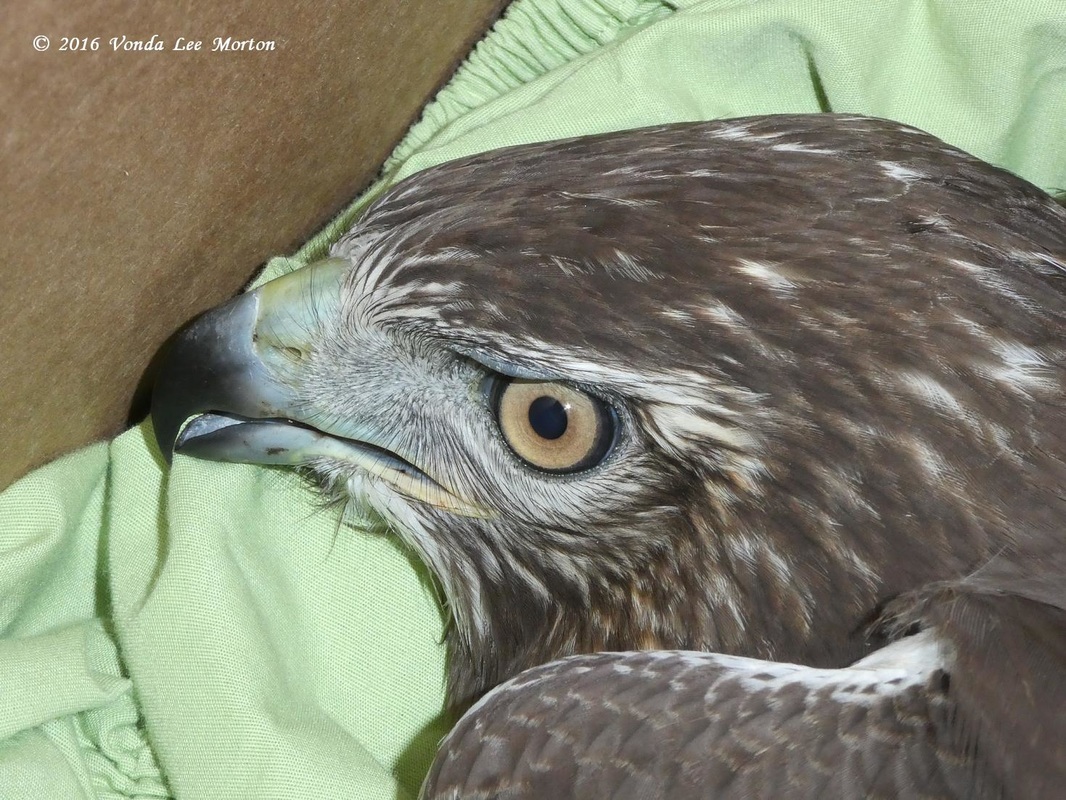
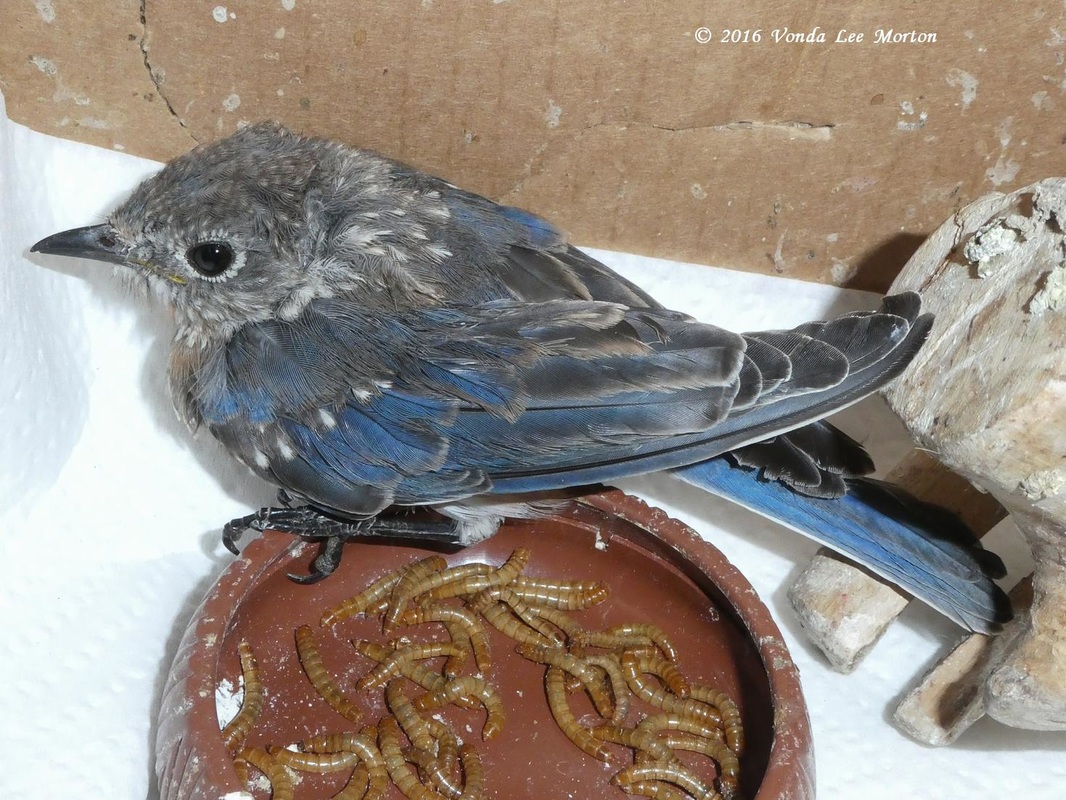
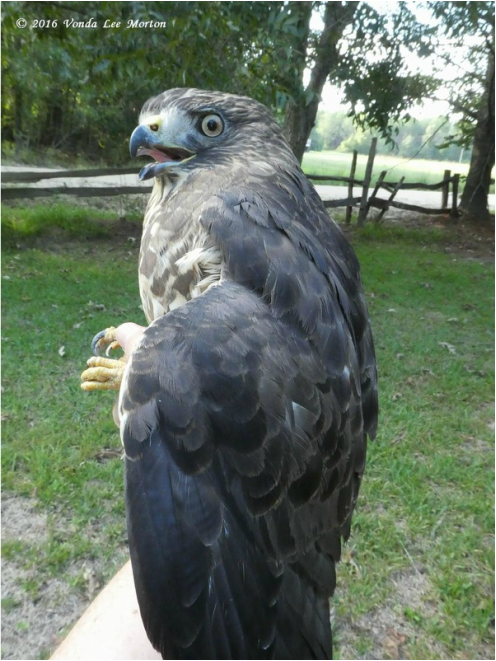
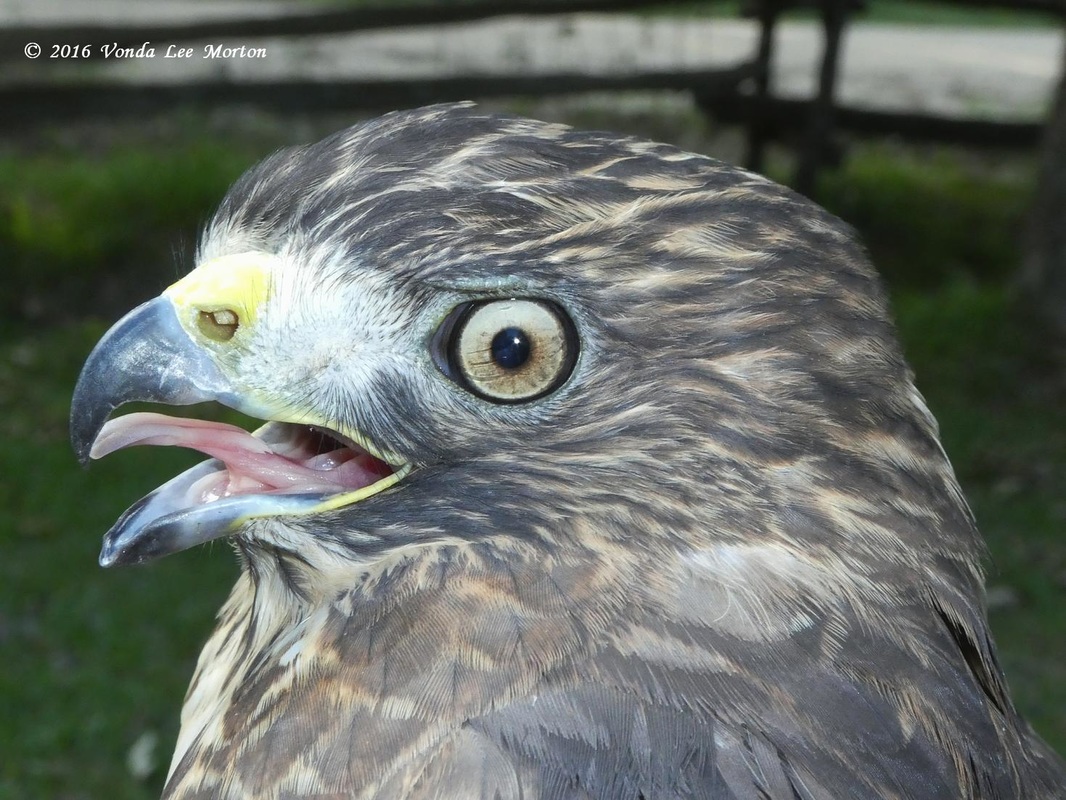
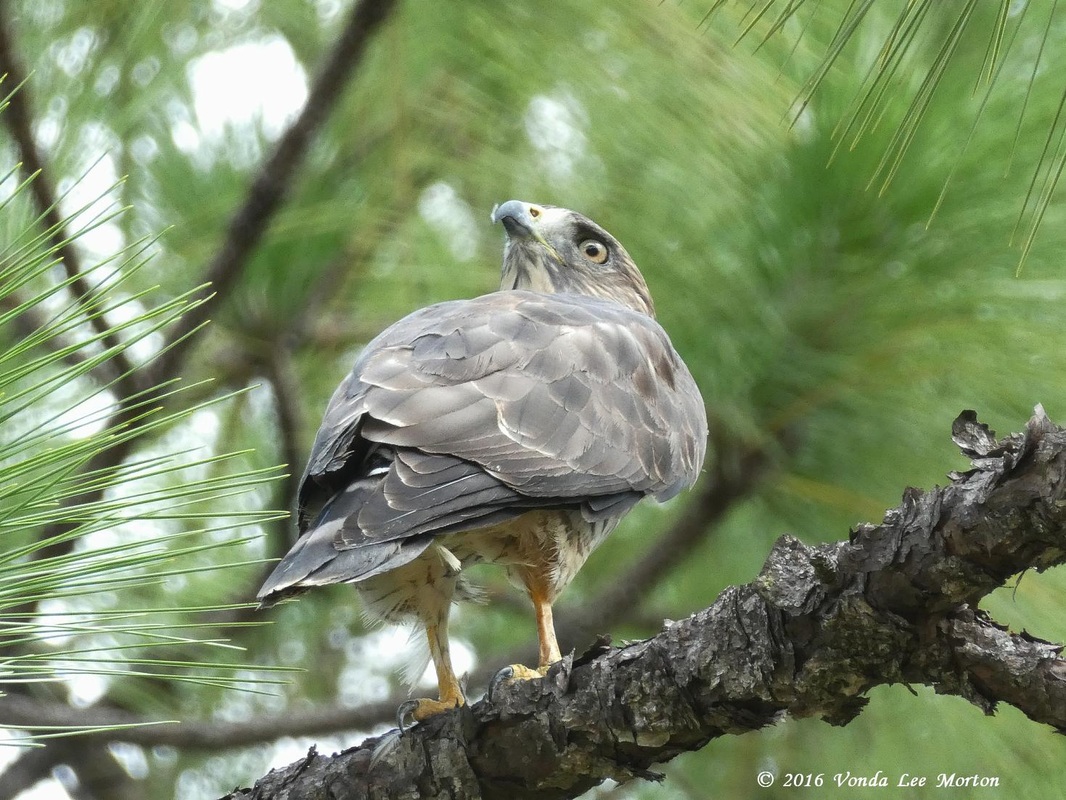
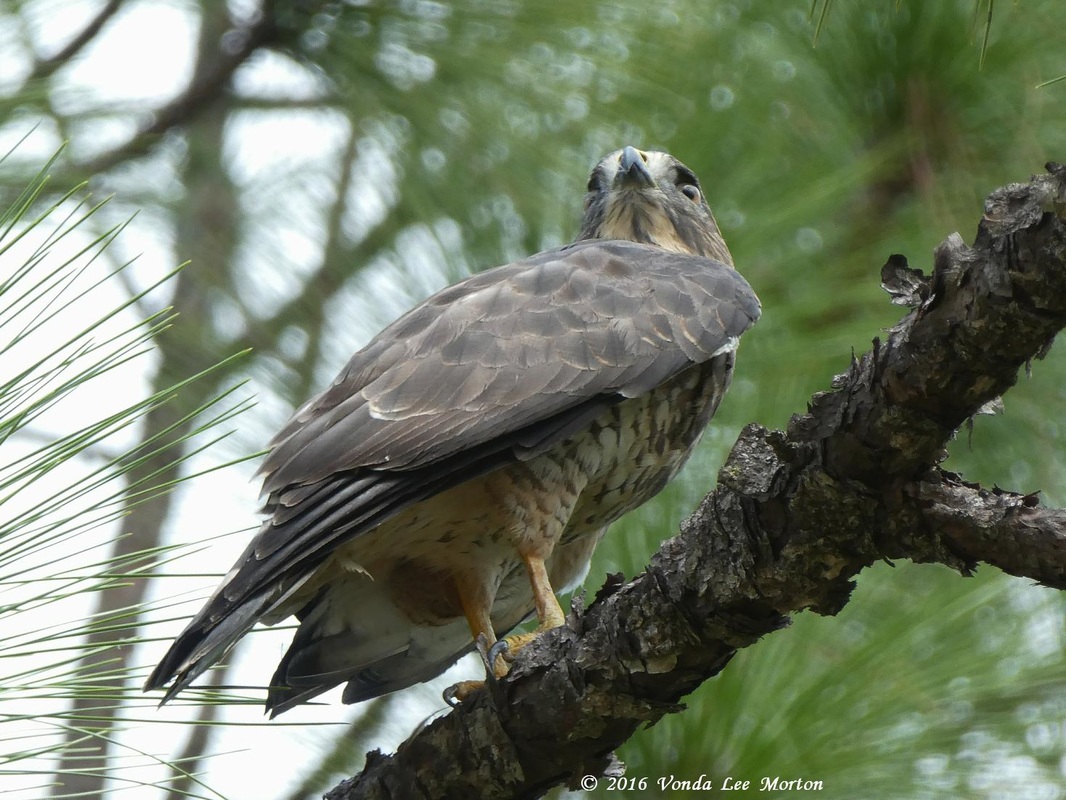
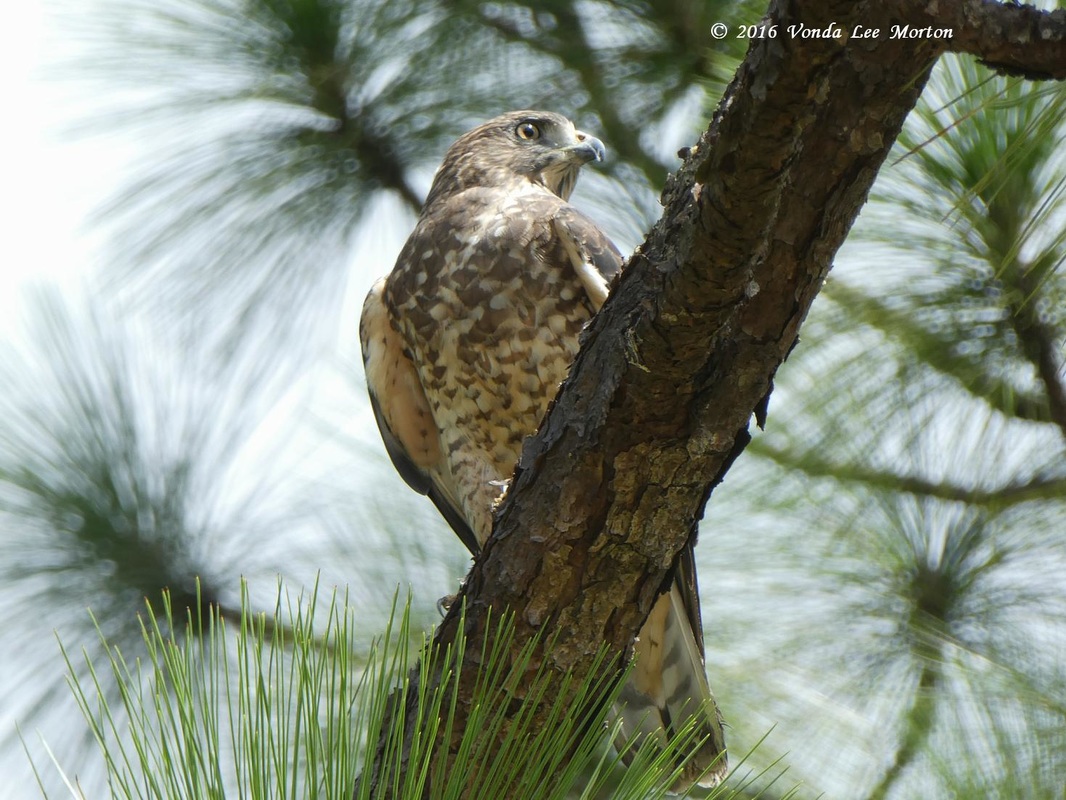
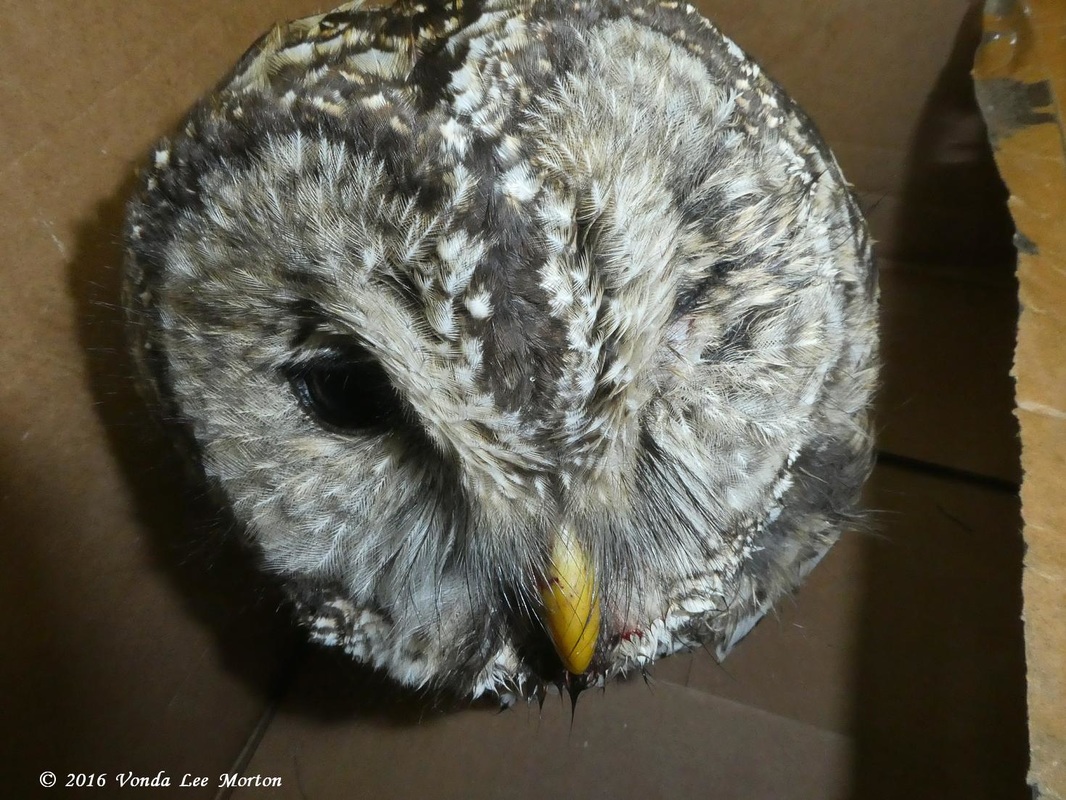
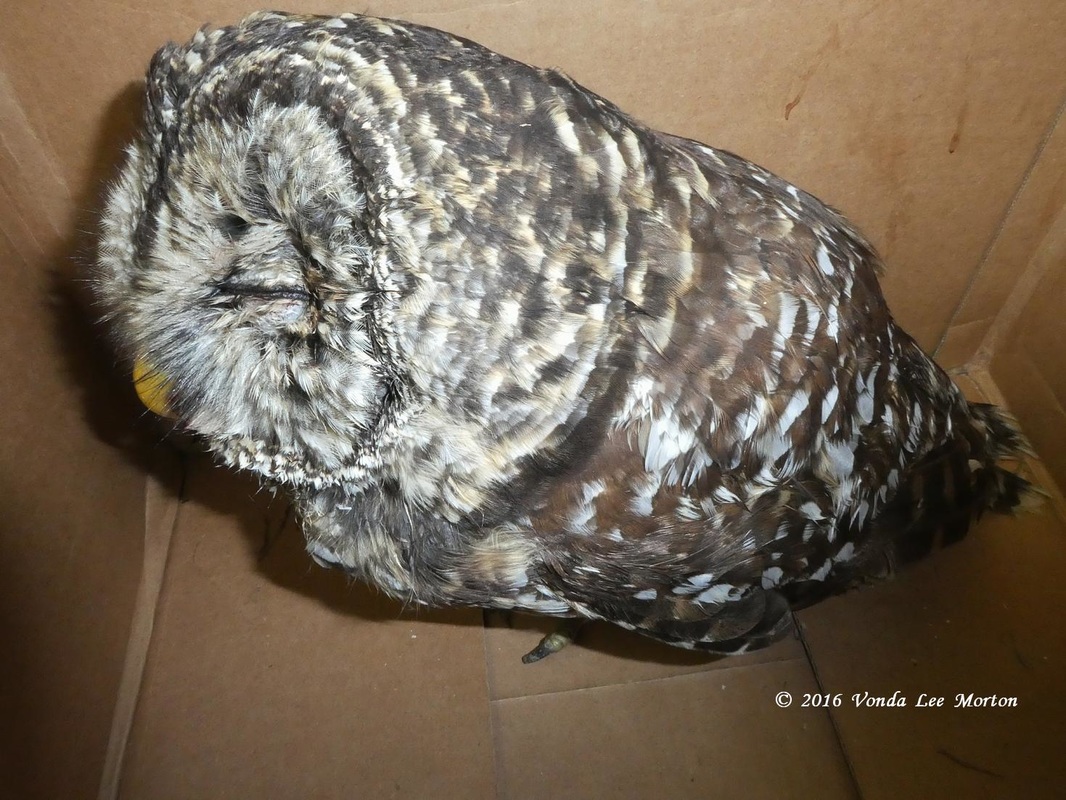
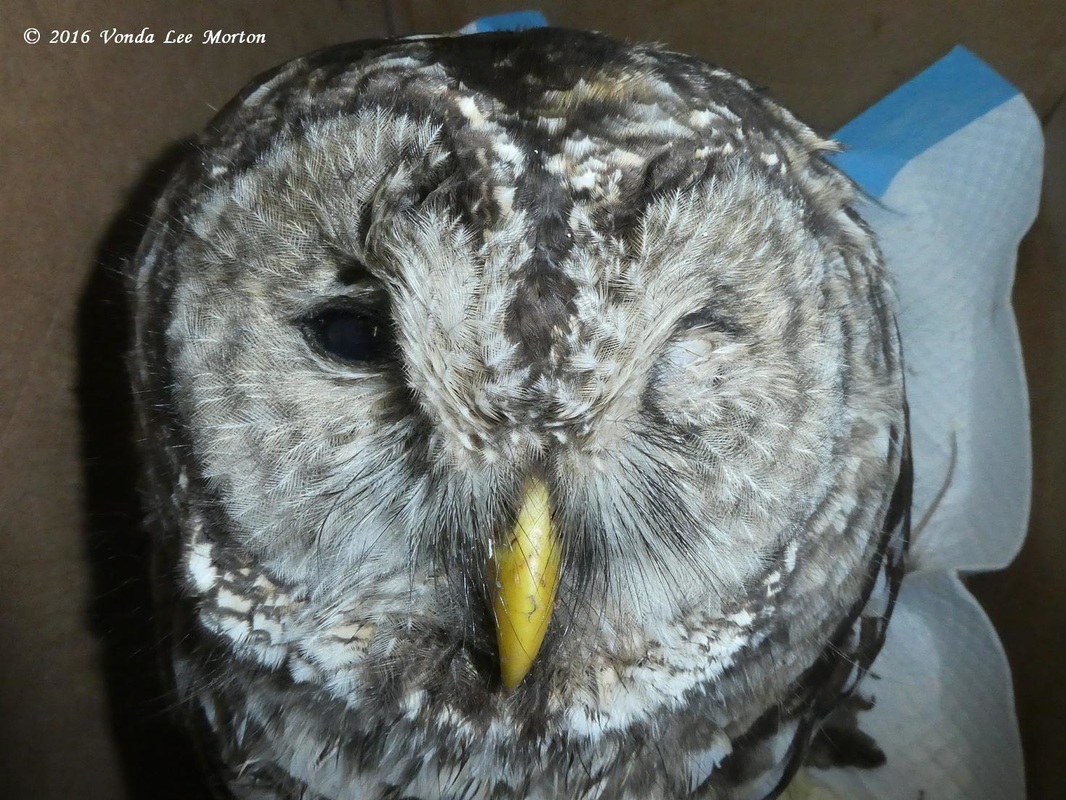
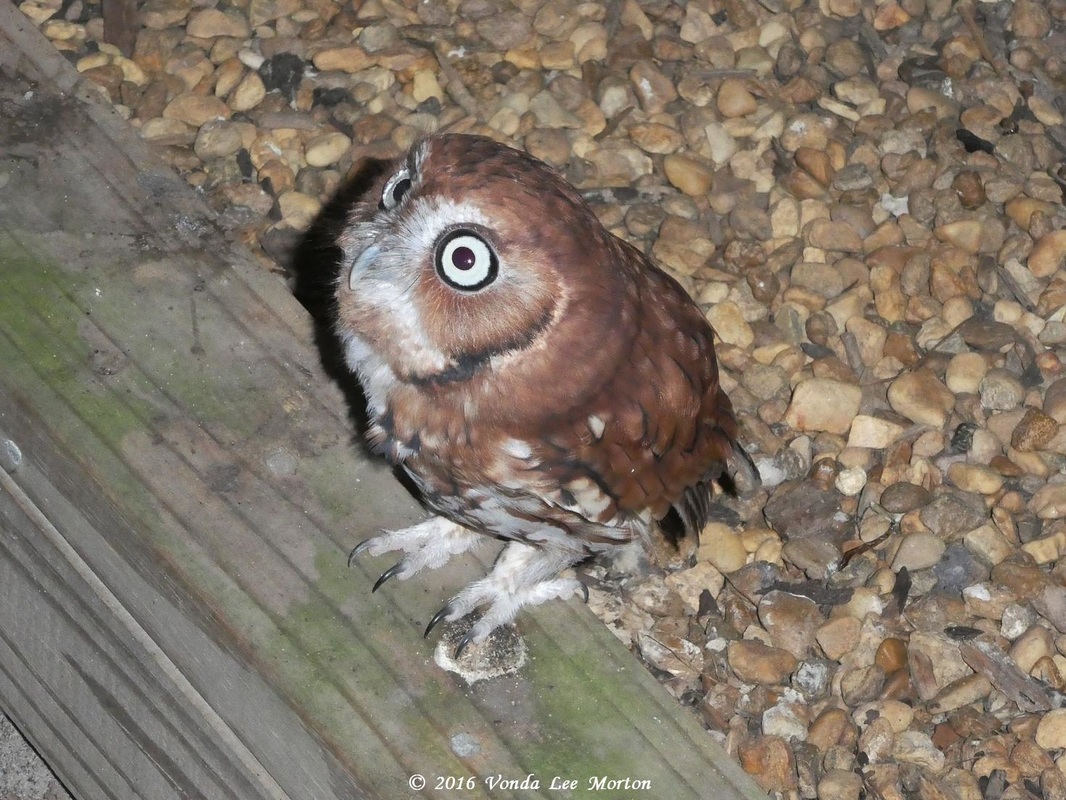
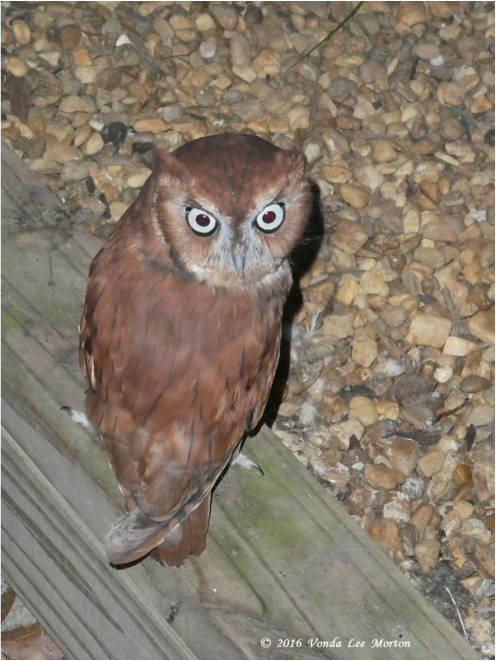
 RSS Feed
RSS Feed
